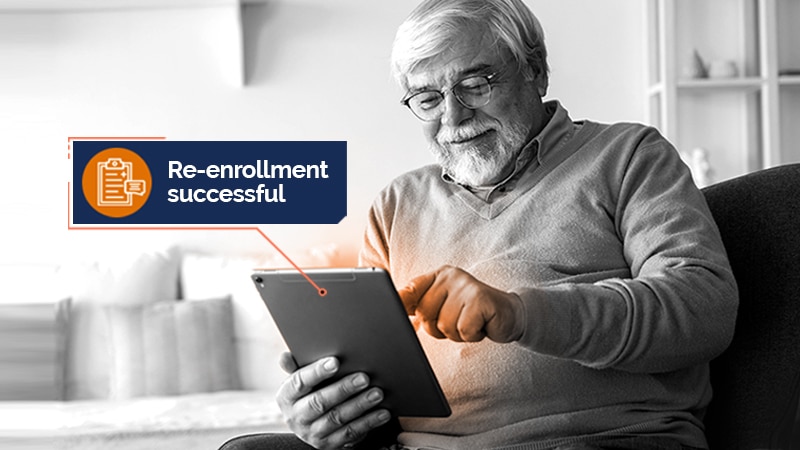The idea that COVID-19 strengthened healthcare may seem counterintuitive. The pandemic’s painful side effects on the industry are well documented: plunging revenues, ballooning costs, staff shortages in all areas. Yet there are signs of resiliency. To mitigate the pandemic’s impact, the industry embraced digital technology from the back office to the virtual waiting room. This digitalization, plus Covid’s lingering effects on finances and workforce, is accelerating the industry’s evolution toward a streamlined ecosystem of care.
This ecosystem will look very different from the provider-centric, acute-care driven model that has been the norm. It will emphasize continuous, consumer-centric connections vs. episodes of care. It will be highly digital, designed for the consumer’s convenience. Its focus on wellness and individualized care should help catch emerging health issues at early stages, when they can be treated more effectively and at lower costs.
Clearly, this style of care delivery upends current models. Not all healthcare organizations will successfully adapt to it, but many already have components of the new care ecosystem. They adopted these during Covid to overcome the pandemic’s impact on operations and patient care. The following are some of the key elements on which healthcare organizations are creating new processes that build new industry strengths.
- Increased adoption of business process automation. Even as provider revenues dropped, labor costs rose, driven by talent shortages. This situation made automating processes a necessity. Organizations are using software bots to manage a variety of rules-based, repetitive tasks, from coding to appointment follow-up to financial reconciliation. The results are faster, accurate, digitized processes. The automation enables remaining talent to work on higher value tasks, whether administrative or patient-facing. It also improves information quality and reduces bottlenecks to deliver better experiences to health consumers.
- Implementing automated revenue cycle management. Providers also have addressed their talent shortages by adopting digital RCM solutions. This is especially so among rural providers, who have shallower local talent pools to tap. Turning over a noncore task to software bots enables providers to reallocate resources to patient care and engagement. More intelligent RCM also reduces friction among providers, payers and patients by enhancing payment information speed and accuracy. Automated RCM enables more consumer-friendly payment options and workflows for better management of ever-increasing patient co-pays and deductibles. “Consumer grade” payment options, such as smartphone-based payment apps and digital payment transfers, will be important pieces of the always-available care ecosystem.
- Improving the telehealth infrastructure. The explosion in telehealth use during the height of the pandemic is well documented. While use is off its pandemic heights, this channel is now open and can’t be closed. For many people, connecting virtually with their provider is much more convenient than making an office visit. But that’s only the start of things. With 5G networks rolling out, the telehealth infrastructure will be a channel for even more virtualized care. Care will move out of hospitals and into homes, supported by remote monitoring devices and wearables transmitting over 5G’s high-capacity, high-speed network. The industry already has gained experience with delivering care remotely: Intermountain Healthcare and Northwell Health used remote monitoring of Covid patients to alleviate overcrowding. In-home dialysis is available. Mayo Clinic is delivering acute care in patient homes. The point is telehealth was not a momentary solution. It continues to gather critical mass.
- Multichannel, personalized outreach. Telehealth and other digital options, such as visual interactive voice response (VIVR), text, chat, etc., have enabled consumers to engage with providers whenever and wherever they want. This is tremendously convenient. Consumers may now get answers they need in minutes, even getting prescriptions filled and delivered. This easier access to care is priming health consumers for more frequent and individualized connections with healthcare organizations. Instead of monitoring a chronic condition with an annual or twice-a-year check-in, data from wearable and in-home devices can be continuously analyzed, triggering alerts to the user and/or her provider to act if it reaches a predetermined threshold. Interoperability regulations will help ensure consumers can own and share their health data, freeing them to reach out to a variety of providers and/or AI-equipped apps that will help interpret their data.
- Faster delivery of drug therapies through digitized clinical trial processes. In last two years, clinical trial processes have been heavily digitized and trial participant pools expanded as trials become decentralized. While the industry still has progress to make, trial results can be accelerated with in-home monitoring of adherence, and clinicians having access to data sooner to chart promising patterns or avenues to abandon. These developments should feed into personalized therapies that will further disrupt care delivery.
These seemingly disparate elements form a powerful whole, and healthcare organizations should manage them accordingly. Just as care will flow through continuous connections with consumers, healthcare organizations should implement solutions with an end-to-end perspective. An automated RCM solution is not just for the business office; it is also about delivering a better patient experience and making new payment options available for telehealth and other virtual encounters. Telehealth infrastructure is more than a short-term solution to a primary care physician shortage; it’s a critical means of delivering personalized, anticipatory care that can prevent escalations and exacerbations that lead to expensive acute episodes. Viewing these solutions as a system can help organizations identify and capitalize on such synergies.
While some organizations may have been too weakened by the pandemic’s impact to make the shift to a new system of care, many others have the tools in place to shape and participate in it. Those that do so will show how the healthcare industry is emerging in a new and stronger form that aligns with the cultural shifts Covid left behind.
This article is written by Venkatgiri Vandali (Giri) – President – Healthcare and Lifesciences Operations at Firstsource, and was originally published on Healthcare Business Today.










